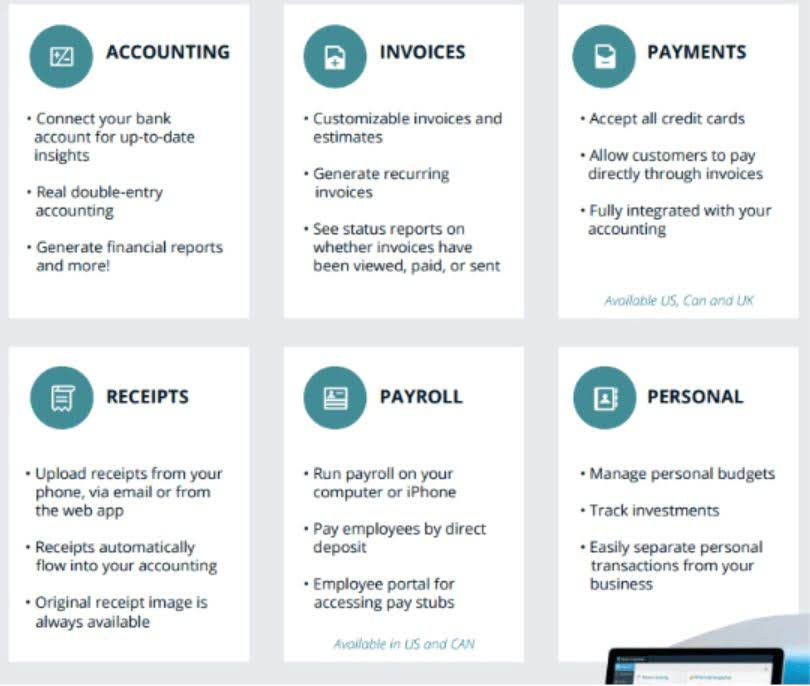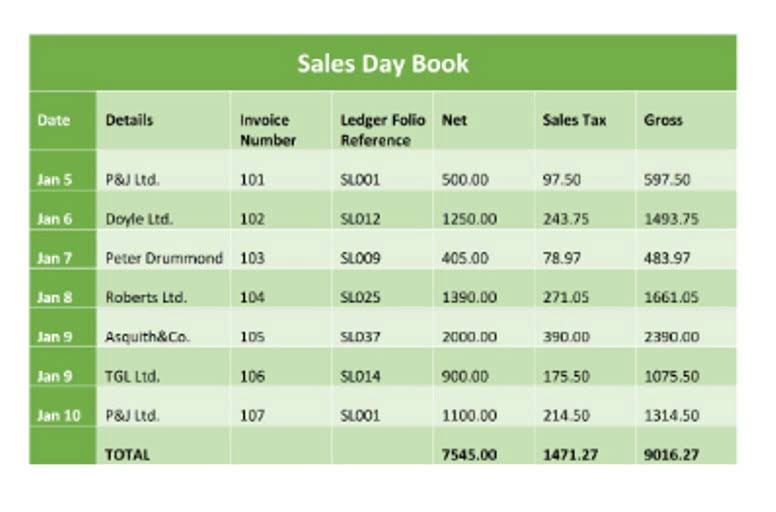
It also helps you price products high enough to cover your total cost of production. Marginal cost is the increase or decrease in the cost of producing one additional unit of output. In other words, if your business is currently making 100 units of a product, then the cost to create the 101st unit would be the marginal cost of that particular product. For discrete calculation without calculus, marginal cost equals the change in total (or variable) cost that comes with each additional unit produced.

What are the Different Types of Marginal Costs?

Mathematically it can https://www.bookstime.com/ be expressed as ΔC/ΔQ, where ΔC denotes the change in the total cost and ΔQ denotes the change in the output or quantity produced. The definition of marginal cost states that it is the cost borne by the company to produce an additional unit of output. In other words, it is the change in the total production cost with the change in the quantity produced. In large-scale decisions,incremental cost is often more practical for cost-benefit analysis.

Smart Ways to Track and Manage Business Expenses
You can get a visual representation of diseconomies of scale with a u-shaped curve known as the marginal cost curve. Knowing the cost of producing an additional unit can help determine the minimum price to cover this cost and remain profitable. Given below is the data of the total cost of production of a firm producing school uniforms. We will be finding the marginal cost by observing the changes in the total cost and in the output produced. Marginal cost is the additional cost that an entity incurs to produce one extra unit of output. In other words, it is the change in the total production cost with the change in producing one extra unit of output.
- Nevertheless, by understanding and properly applying marginal cost analysis, companies can make more informed decisions about their operations, ultimately leading to more profits.
- Marginal cost is not static like fixed costs, but neither isit a variable cost.
- As such, the accurate calculation and interpretation of the marginal cost are indispensable to sound financial decision-making.
- We then divide the change in the total price ($25,000) by the change in quantity (5), which equals a marginal cost of $5,000 per motorbike.
- Fixed costs are those that remain the same regardless of whether production is increased or decreased, such as rent and salaries.
Economies of scale
- 2) It guides effective pricing strategies based on production cost and market demand.
- Understanding the components of marginal cost is essential for refining cost management strategies.
- That’s where the only expenses going forward are variable or direct costs.
- However, marginal costs can start to increase as companies become less productive and suffer from diseconomies of scale.
- For example, overproduction beyond a specific level may require overtime pay for workers and increased machinery maintenance costs.
The marginal cost—the cost of producing one more loaf—would be the increase in cost divided by the additional units, which is $150 divided by 100, or $1.50 per loaf. Your total costs increase to $1,150, meaning the cost of producing those extra loaves is $150. The key difference is that while average cost looks at the cost of all units produced, marginal cost focuses only on the next unit. Fixed costs remain constant and do not change with a decrease or increase in production output. The costs are spread across all production units and, on a per unit basis, will decrease with increased levels of output. However, marginal costs will start to rise again where production will reach a point where diseconomies of scale.
- This means that the marginal cost of each additional unit produced is $25.
- In economics, the so-called “marginal revolution” was, in fact, not marginal at all since it fundamentally changed how we think about economic value.
- Doubling your production won’t necessarily double your production costs.
- Economists use marginal cost to understand market dynamics, as it plays a vital role in defining supply curves, understanding equilibrium and providing insights into efficient resource allocation.
- In the above graph, the MC curve is formed by plotting the points shown in the above schedule.
- The following Marginal Cost examples showcase how changes in production levels impact costs, helping businesses optimise pricing and output strategies.

But if the marginal cost is higher, it might be better to maintain or decrease the quantity of output. You can also consider raising your prices if you plan to increase production. For example, let’s say you’re currently producing 100 units at a total cost of $1000, and you’re considering increasing production to 101 units at a total cost of $1005. Incremental cost, much like marginal cost, involves calculating the change in total cost when production changes. This is because the cost of producing the extra unit is perfectly offset by the total revenue it brings in, marginal cost formula maximizing the return from each unit of production. Marginal revenue is the additional revenue a firm receives from selling one more product unit.

Decision-making on production levels
Marginal cost will help you Online Bookkeeping when pricing products in a competitive market. If your marginal cost is lower than your competitors’, you can afford to set lower prices without sacrificing profitability. This can be a significant advantage in attracting price-sensitive customers. On the other hand, if your marginal costs are higher, you need to find ways to add value to your products or services to justify those higher prices. If you’re looking to scale production, knowing the additional cost of producing each extra unit helps you determine if it’s financially viable.
